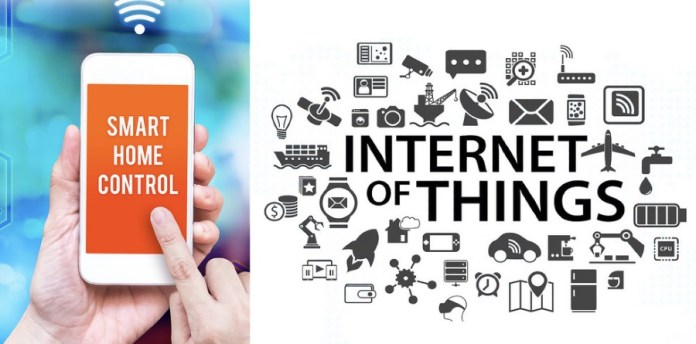Artificial intelligence is irrefutably a powerful technology. Even so, deep learning, machine learning and other artificial intelligence (AI)-related technologies provide considerable business value.
Since such powerful technologies call for equally or more powerful computing infrastructure, AI is mostly deployed on centralized mainframes and servers.
For organizations to benefit more from this revolutionary technology, they will require deploying it in low-power scenarios such as on tablets, mobile phones and across billions of smart gadgets around the world, which form the Internet of Things (IoT).
So, how do they do that?
IoT Powering AI Growth
If you are a tech enthusiast who keeps up with the emerging trends, then you are well-conversant with the bright future forecasted for IoT.
What you may not have seen is the long-term IoT vision, which entails making smart devices even smarter through AI-driven advances. As such, when almost all people have such gadgets, then AI would be everywhere.
Based on technical limitations possessed by current smart devices, it is safe to say that they are not as smart as advertised.
They depend on centralized services to coordinate with other gadgets and make intelligent decisions. However, three key developments can change this situation.
For starters, deep learning will not need massive volumes of data as previously assumed thanks to transfer learning.
Secondly, hardware innovations will allow low-power devices to easily operate sophisticated DL systems. Lastly, the current centralized method will not be suitable due to the estimated size of IoT.
Agility
Presently, it appears that most organizations are struggling to reap benefits from their AI efforts.
In fact, a recent study by Narrative Science revealed that in 2016-2017, 31% of enterprises that had embraced AI were not receiving returns on their AI investments or they were not tracking ROI.
The lack of agility in some of the AI-related technologies is one of the contributing factors to this shortfall in return on investment.
For instance, machine learning projects are not fully ideal for agile software development phases while deep-learning apps are mostly device-specific, which means deploying them across a wide array of heterogeneous devices can be downright time-consuming.
MORE – Data Science – 8 Powerful Applications
AI + IoT= Security Frustrations
Security is one of the issues surrounding IoT. Even so, the emergence of device-native artificial intelligence (AI) apps will only make this issue more complicated. Data perturbation is highly likely to raise questions.
It entails the technique of introducing “noise” into a given data set in a manner that may be invisible to humans but could influence an AI’s decisions based on the data.
For IoT, this is a possible threat, especially for devices that execute access decisions through image recognition.
Deep learning (DL), particularly in connected devices could also trigger privacy problems.
What this means is that, in case hackers manage to get learning data from a given device, the personal information belonging to anybody who interacts with it could be potentially compromised.
Hence, the migration of artificial intelligence to low-power gadgets will have to rely on the emergence of technologies that address the in-built security weaknesses of both deep learning and IoT.
Source CA




















